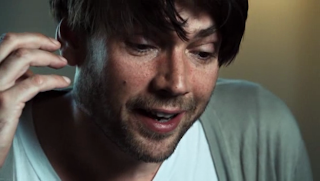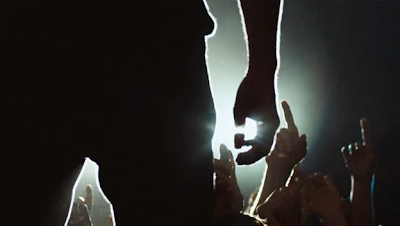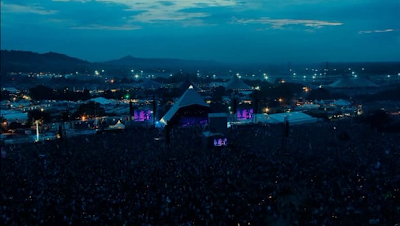I decided to see this film because after seeing Trainspotting (1996), I just wanted to know more about this era of British culture. I first heard Blur maybe freshman year in high school (2007), and just absolutely fell in love with them. They were like complete heroes to me because their sound was so different from whatever the heck was playing on the radio, and in my opinion so much better.
Because I didn't grow up in the Blur or "Britpop" era, I didn't know any of the history or culture behind them. I just knew their sound and that I loved their sound. I saw their music videos, fell in love with Damon Albarn's eyes and never tried to understand them. Then I saw No Distance Left to Run and everything I knew about Blur, which was nothing, was shattered.
 |
| Alex James, bass player in Blur |
The point is that No Distance Left to Run makes it up with content. The content of the film which is the history of Blur delivered through the lips of the band members themselves allows fans to get an intimate look at their heroes. This intimacy is obviously bullsh*t of course, because fans are peering in, but Blur isn't peering out. It's not a real exchange, so it's not really intimate. The band Blur is allowing fans to take a peek into their lives and past, but that's really it. However, despite everything, it's still thrilling to look at the representations of one's music heroes-- real or not.
As for the cinematography, it's the regular mix of footage specifically taken for the documentary, music videos, past videos from television interviews, concerts, award shows, etc, and more etc.
Here's some of my favorite shots.
Concert footage is still typical concert footage.
This concert reminded me of Woodstock (1969)
I love this montage.
3/5












No comments:
Post a Comment